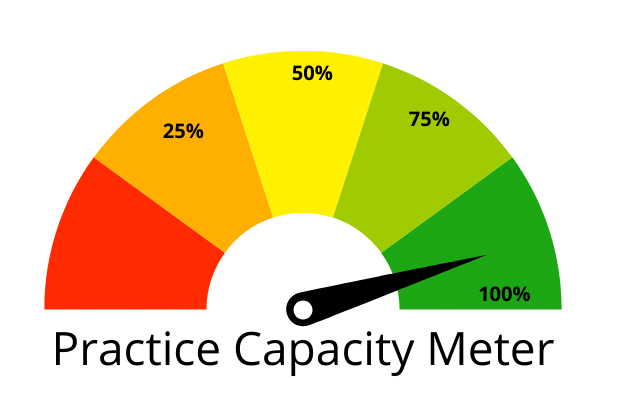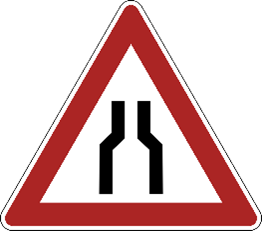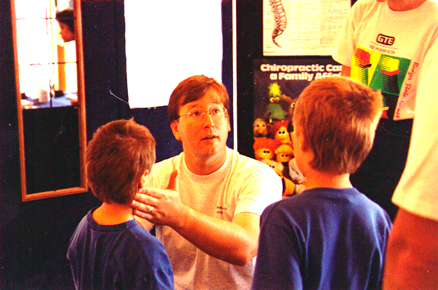
“People often say motivation doesn’t last.
Neither does bathing — that’s why we recommend it daily.”
(Attributed to Zig Ziglar)
I want to thank you for continuing to subscribe to this newsletter.
It has morphed into a kind of Tuesday’s Tips for Goal Drivers.
This newsletter has gained momentum over the last year from the publication of my book, The Goal Driven Business. It is written for that part of us that strives to achieve our goals.
The value of goals just can not be overstated. But “goals” cover a wide range of concepts and so can become confusing or even worse, boring.
But by frequently reconnecting with WHY you do WHAT you do, what you do becomes easier and more effective. And even more fun.
Why you do what you do is your motive — or your motivation.
Motivation to achieve your goals is senior to organizational procedures — but still needs organization to support its drive. When organization fails, as it often does, motivation is weakened. And organization is directly dependent on having the discipline of doing what needs to be done.
I don’t see the subject of discipline brought up too often in practice management conferences or discussions. It’s embarrassing, perhaps. Whether it is coming in late to see patients, not doing a thorough case review, or neglecting your support team, the little oversights can take a toll on our motivation.
Attending new seminars can give you a temporary buzz and momentarily motivate you. But unless you and your team have the discipline to stick to your values and procedures, the drive to your goals will lose its energy.
In his book Good to Great, Jim Collins talks about how successful businesses create a culture of discipline. He says, “It all starts with disciplined people…Next we have disciplined thought. You need the discipline to confront the brutal facts of reality, while retaining resolute faith that you can and will create a path to greatness.” “Finally, we have disciplined action.”
In a less academic way of saying the same thing, Mike Rowe said, “Work ethic is important because, unlike intelligence, athleticism, charisma, or any other natural attribute, it’s a choice.”
The way to stay motivated is to stay true to your mission, values, and procedures and to frequently take time to face the “brutal facts” of your performance and your WHY.
Like bathing, the process never ends… and keeps you clean!
Seize your future,
Ed






 “No company, small or large, can win over the long run without energized employees who believe in the mission and understand how to achieve it.”
“No company, small or large, can win over the long run without energized employees who believe in the mission and understand how to achieve it.”










 Here in the United States, July 4th is a date we celebrate each year, commemorating the independence as colonies from Great Britain.
Here in the United States, July 4th is a date we celebrate each year, commemorating the independence as colonies from Great Britain. Used to be a popular TV program called Cheers back in the 80’s. It was modeled after a bar in Boston with the same name. As a situational comedy, Cheers presented a familiar group of customers who came to the bar to have a drink, but also to relax, socialize, and have good cheer.
Used to be a popular TV program called Cheers back in the 80’s. It was modeled after a bar in Boston with the same name. As a situational comedy, Cheers presented a familiar group of customers who came to the bar to have a drink, but also to relax, socialize, and have good cheer.
 Action Step: Regularly review the mission for everyone’s job, including your own, with the outcomes it needs to produce. Keep higher-level and lower-level goals connected.
Action Step: Regularly review the mission for everyone’s job, including your own, with the outcomes it needs to produce. Keep higher-level and lower-level goals connected.
 While she indeed does “sparkle,” so does the entire practice. And the sparkle of this office is a byproduct of its synergy.
While she indeed does “sparkle,” so does the entire practice. And the sparkle of this office is a byproduct of its synergy.